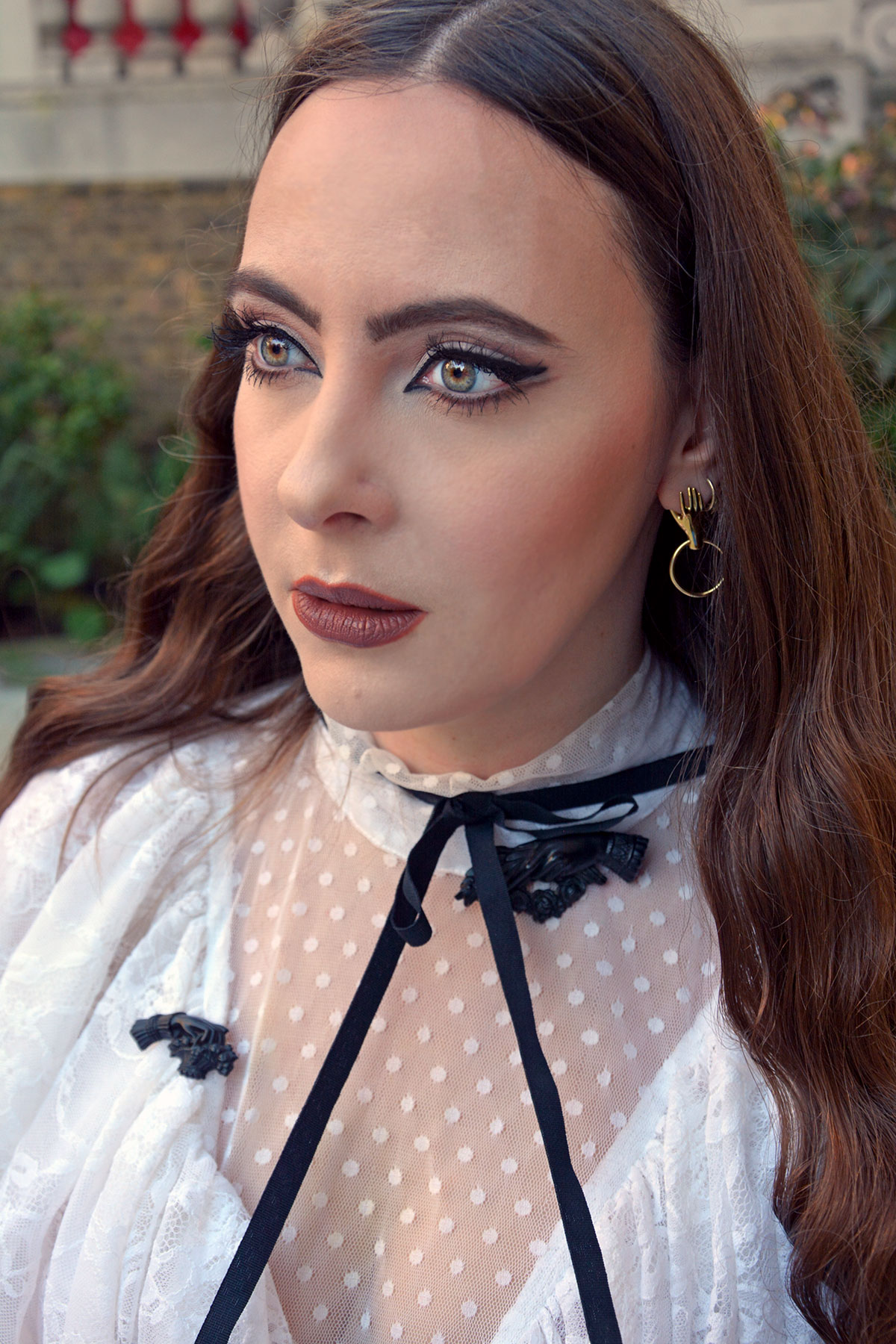
Hands off, hands on, in your hands or in mine – the symbol of a hand in jewellery has been around since antiquity. But why wearing parts of our limbs seemed like a good idea, and was not seen as creepy at all? Let’s dive deeper into the symbol of hands in jewellery.
Mani in fede in jewellery
Known as simply fede (from Italian mani in fede – hands in faith), this symbol was often carved into gemstones as well as fashioned from metals. According to researchers from the Victoria and Albert Museum, this was one of the most favourite motifs of Ancient Romans for betrothal and wedding rings – psst it’s because engagement rings became a thing much later, read more about them here.
So what is the fede symbol? It is two right hands joined up, almost like a handshake, just much more passionate, hinting at something slightly more romantic than a business meeting. From ancient times, the trend carried on into the middle ages and beyond. There is a great fede ring example within the Victoria and Albert Museum’s collection here, and it comes with an engraving of two names above and below the fede symbol. Friends or lovers?
Carved stones depicting hands were usually set into rings, although it wasn’t inconceivable to wear them as a pendants. When not offering your heart by presenting carved limbs to a love interest, you could offer these jewellery pieces to a friend or to a fellow soldier. It showcased your friendship, dedication and fidelity. This type of ring would be called dextrarum iunctio, and the joining of hands would look slightly more rigid and proper when compared to the amorous classic fede.
Some gimmel rings also sport the fede symbol. Gimmel rings are created from a couple of hoops that form one full item once connected – have a peek at this museum piece to see a fine example from 1607. Some gimmel rings have hidden hearts and engravings behind the interlocking hands, which can be revealed once you open the connected hooks.
Claddagh symbol in jewellery
Part of Irish symbolism, the claddagh stands for a trilogy of goodness with the motto “Let love and friendship reign“:
- Loyalty = crown
- Friendship = hands
- Love = heart
Although there are design variations of the claddagh symbol, the classic one contains two hands reaching to touch a heart, topped with a crown. The origin of this powerful design is dated to the XVII century around County Galway, particularly a tiny fishing village on the “shores” or in Gaelic, the “claddagh”. There are a two main origin stories to how all three elements of the claddagh symbol came together and created its own fede moment.
The first and most probable story is about Richard Joyce. Originally from the aforementioned fishing village, he was sailing around the West Indies, only for his and his fellow fishermen’s vessel to be captured by Algerian pirates. Sold as a slave to a Moorish goldsmith, Joyce’s labour was within metal work, where he learned the art of jewellery making. Eventually given his freedom back thanks to the demand of William III of England, Richard Joyce sailed back to his beloved motherland, where he continued prospering within the jewellery trade, and perfecting the claddagh design. Some of the earlier claddagh rings have been found to carry his initials, furthering the legitimacy of this theory. While the symbol can be recreated by any goldsmith, Dillon of Galway is considered the OG, making the original ring since the 1750s.
But there also needs to be a romantic legend of origin. In this version, Margaret Joyce, a maiden from Galway, fell in love and married a wealthy Spaniard. Once widowed, Margaret inherited a good chunk of his estate which she used to improve infrastructure around the Galway area. As an unexpected thank you, an eagle dropped the claddagh symbol onto her lap, with her taking care of the rest of the PR to make this symbol a trend.
Mano figa symbol in jewellery
A notable mention goes to the figa sign in jewellery. This is a hand gesture which you too can master by placing your thumb between your index and middle finger. What does it represent? Female genitals. A gesture so obscene that it quickly became the symbol to wear when warding off evil spirits, who too would be repulsed, revolted and extremely offended by your vulgarity.
This is a great example which showcases that indeed much if not the majority of our history has been shaped by men. The notion that the figa sign is such a disgrace that even evil spirits are frightened by a hand in some way mimicking female genitals reminds us that often these were unhappy and rejected men. This somehow brings a smile to my face.
Read my in-depth article about the figa symbol in jewellery here.
Hamsa or hand of Fatima or Miriam in jewellery
The Fatima hand or hamsa, also known as the hand of Miriam to those following Judaism, is an ornate design of a palm, sometimes incorporating an all-seeing eye. It is a popular jewellery motif in the Middle East and North Africa, and also can be painted or placed around the house as a powerful message to keep away evil spirits.
It has been found that the hamsa symbol predates both Islam and Judaism, and originates with the Mesopotamians. However, both faiths embrace the symbol.
In Islam, Fatima’s hand or hamsa, which simply means five in Arabic, represents the five pillars of the Islamic faith for Sunnis, and five people of the cloak for Shi’ites. In terms of the origin story, the hand is said to belong to the Prophet’s daughter, Fatima. It was said that when cooking Fatima got her heart broken by her husband, who decided to wed another. Islam allowed a man to marry up to four wives at the time, if he could afford to do so. She dropped the wooden ladle, dipped her hand and stirred the boiling concoction without feeling any pain. The pain was in her heart instead. It was only when her husband noticed her boiling her limb, and ran to her aid, that she snapped out of it, realising her hand was not part of the recipe. From there on, the hand of Fatima, stood as a sign of femininity, patience and faithfulness as well as weapon against evil, plus the five pillars of Islam we spoke about earlier.
In Judaism, the hand of Miriam, is also sometimes is referred to as the hand of God. Again, this is because of the number five, representing five books of the Torah as well as the letter Heh, which is one of God’s names. But who is Miriam? Many Jews believe that this hand symbolises the sister of Moses, who convinced an Egyptian princess to adopt her brother at a time when the Pharaoh ordered to kill all Jewish born male babies. This saved Moses’ life and in turn, he saved the lives of other Jews. The hand of Miriam as a result stands for loyalty, good luck, and above all – protection.
The hamsa hand symbol can be worn pointing up or down. Either way, it is said to bring good fortune to the wearer. We need those vibes.
Hands that touch other symbols
Just like in life our hands can’t be idle for long and need to latch onto something – say a smartphone – as time progressed, hands in jewellery started to be depicted grabbing stuff too.
If a hand is holding flowers, it can stand for friendship or love. If the flowers are forget-me-nots, this can mean mourning or loss. Find out more about the language of flowers in jewellery here.
Crossing into the genre of mourning jewellery, brooches made of lava, vulcanite and Whitby jet were insanely popular in the Georgian and Victorian eras. The most popular motif? Hands carrying wreaths, bouquets, hearts, horseshoes and even daggers, symbolising loss, love, luck and protection.
Of course, that’s not all. In Georgian times, we realised that the hands in our jewellery were a bit bare and needed their own jewellery. This created a trend that to this day is extremely collectible and sought after: rings, brooches and pendants with hands that are decked out in their own miniature jewels. This became a great and almost unexpected way to incorporate a mini diamond or emerald into your jewellery that otherwise would have been too small for your own hand.
Modern hands in jewellery
Once hands entered the realm of jewellery, they have never really left. Looking at relatively modern history, Spanish surrealism artist Salvador Dali, did not exclude hands from his jewellery visions. He designed around 40 pieces in total from 1941 to 1970. Along with the Ruby Lips and The Eye of Time, he designed Leaf Veined Hands. A beautiful way to incorporate rubies and emeralds into a surrealist dream.
Meanwhile jewellery houses such as Cartier were also playing around with the hand motif in their collections around the 1930s, still championing the generic symbolic approach. At the very same time, jeweller to the stars Paul Flato reinvented the symbolism of hands in jewellery, daring to be quite literal. He created a collection which included each letter of the sign language alphabet. Hollywood starlets quickly started sporting his hand brooches with their sign language initials on-screen and off-screen. Flato ultimately became known for his hand jewellery designs, though his repertoire was generally wider.
The other jewellery house that immediately comes to mind when thinking about hands is Carrera y Carrera. The Spanish brand’s first international hit collection is called Bonadea or Las Manos which simply means hands. Born in 1978, this collection is what put Carrera y Carrera on the map as no other brand used animal as well as human form is such a forward feminine way. In case you think a forward feminine way is one hell of a vague description, rest assured Carrera y Carrera’s hand silhouette is unmistakable. It is also very forward in how very feminine it is. You can’t describe it any other way.
Would you wear the symbol of hands within your jewellery? Which hand motif is your favourite?


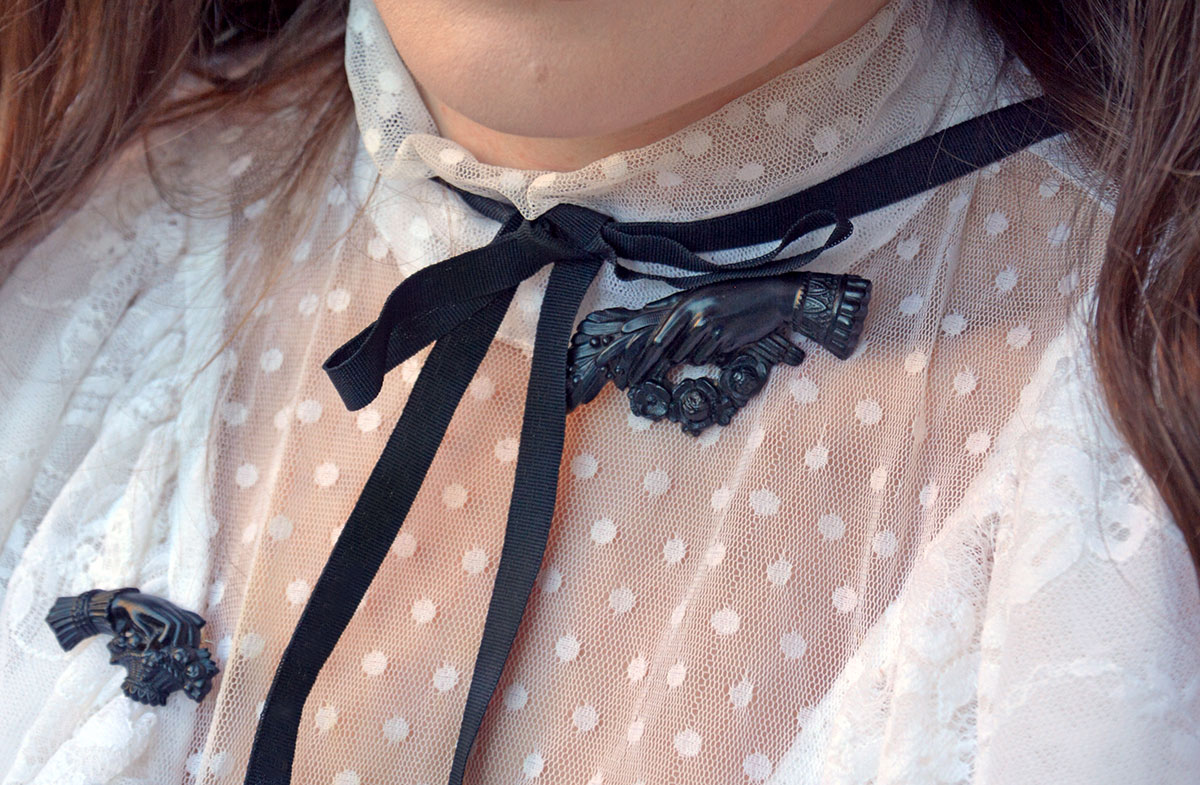

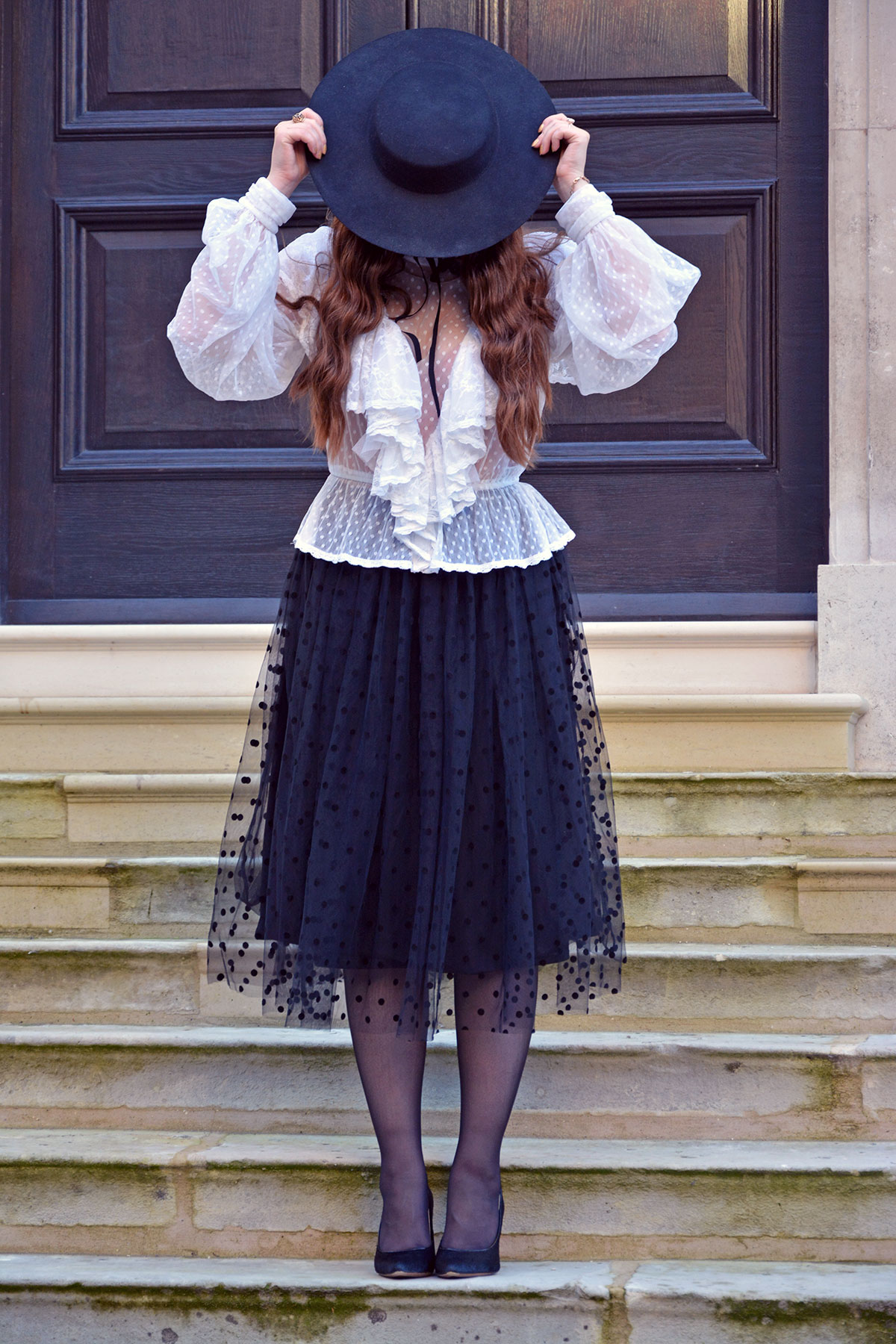

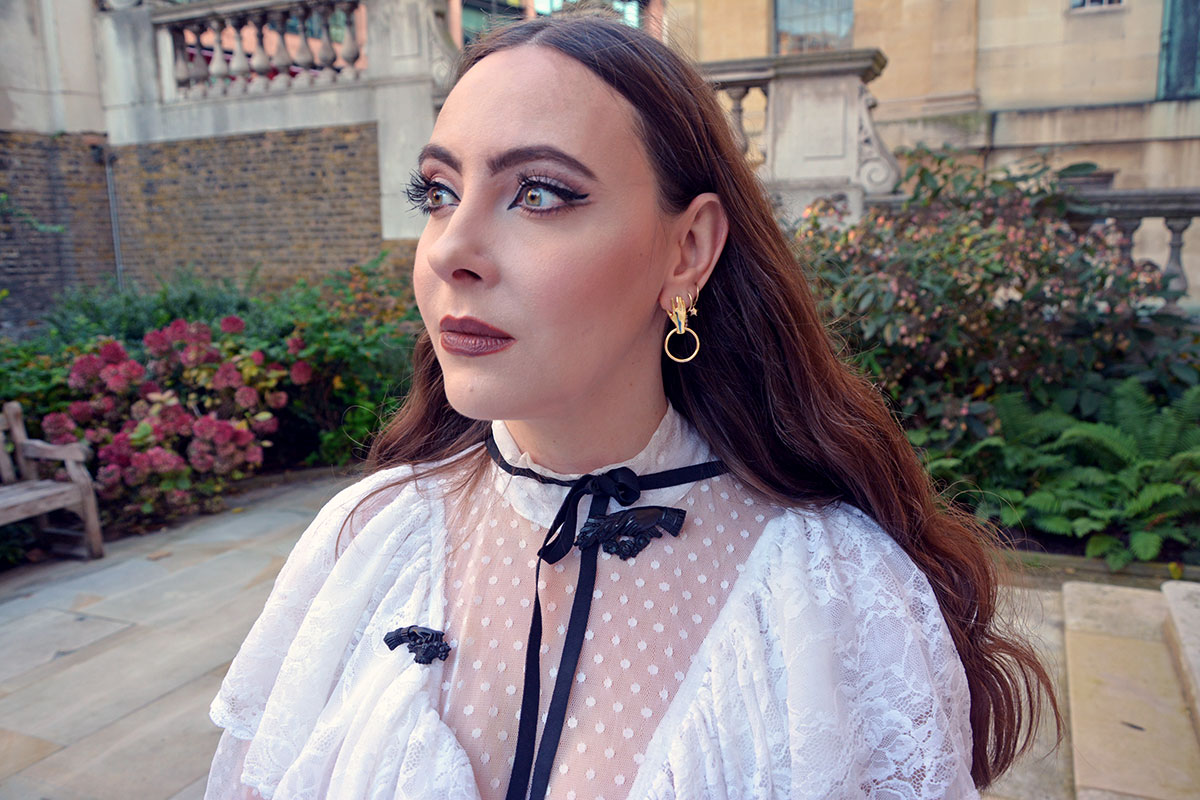





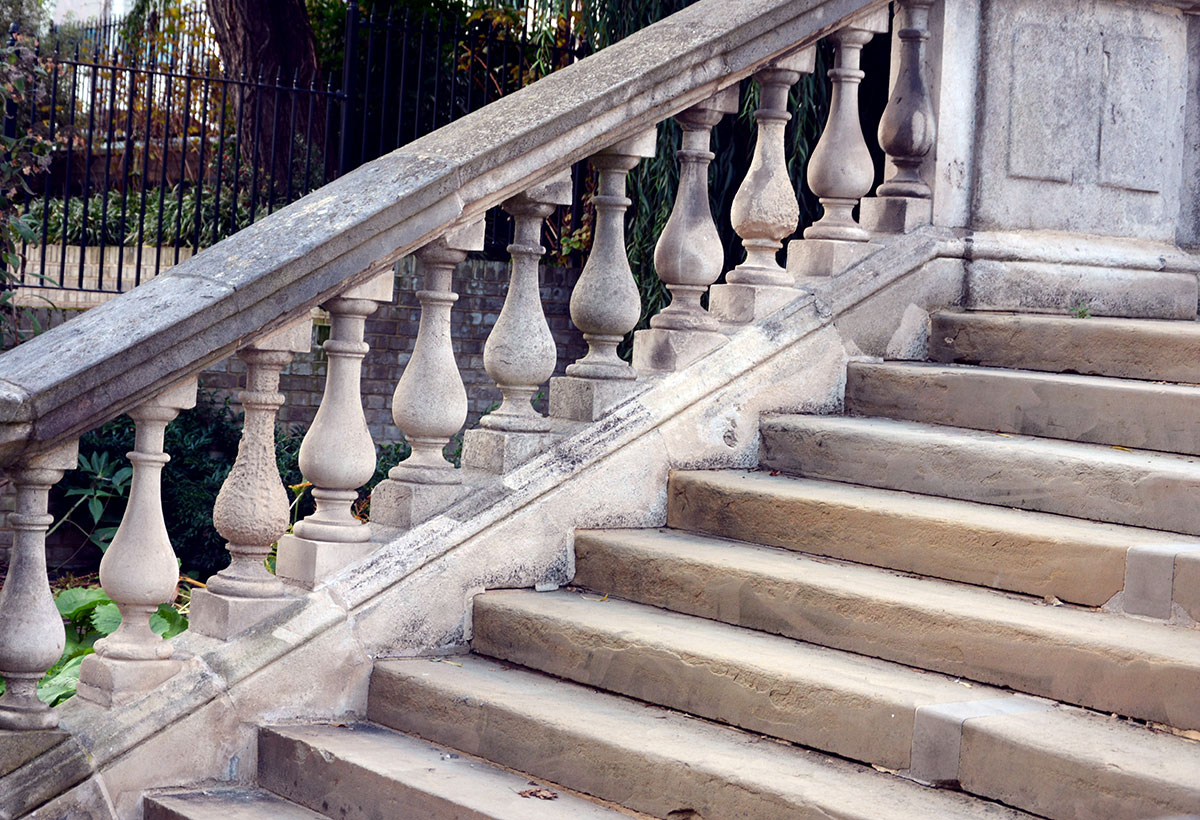


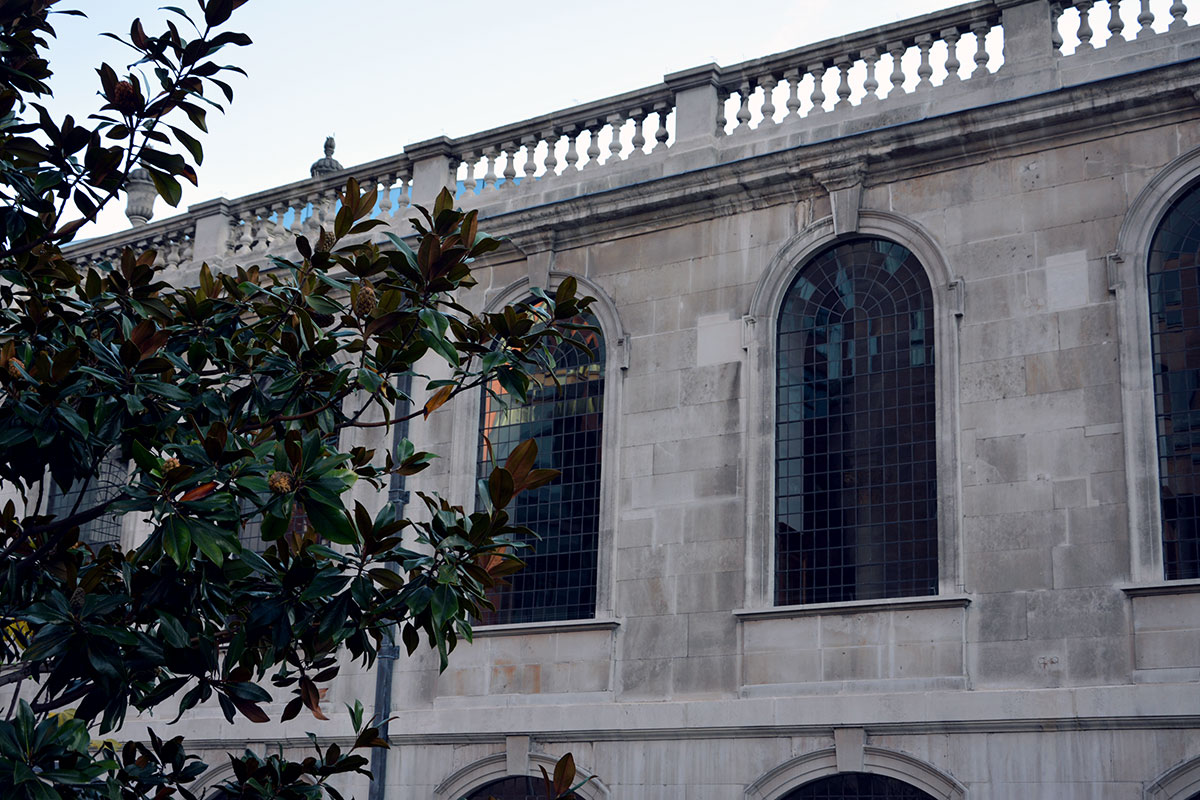


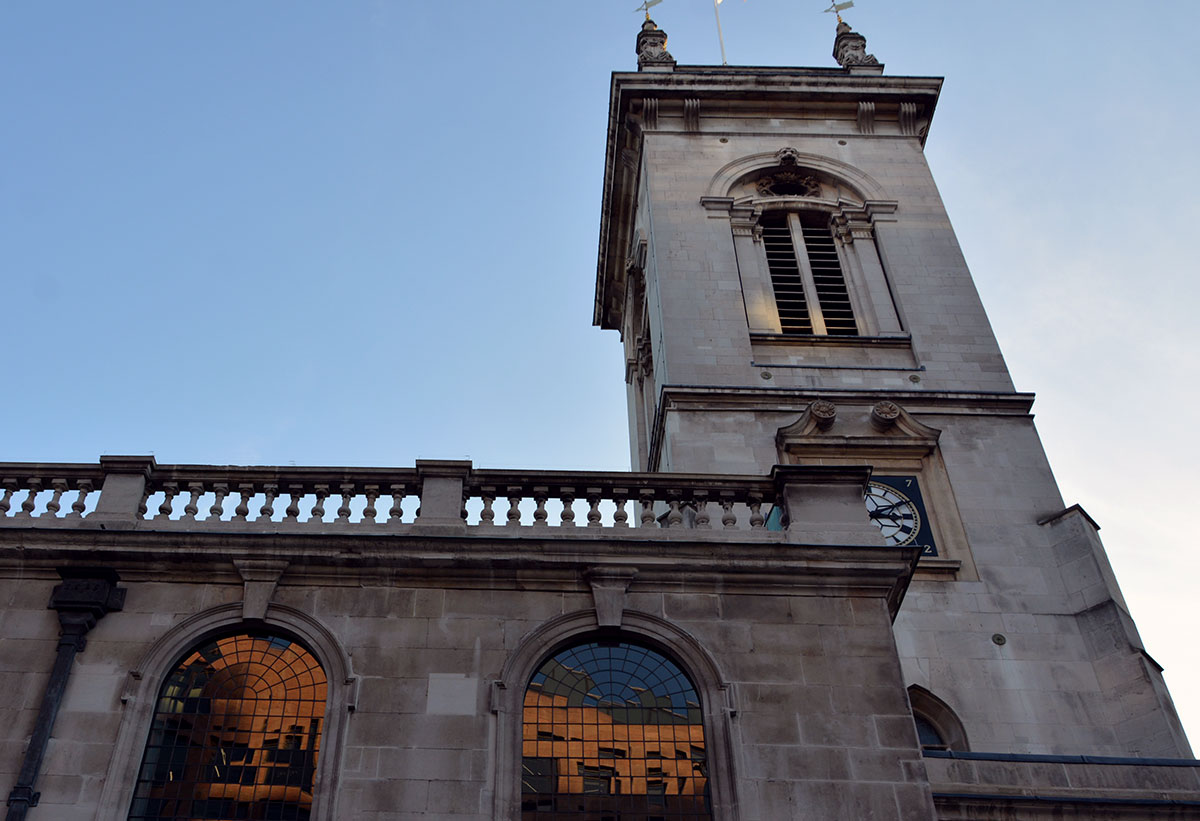







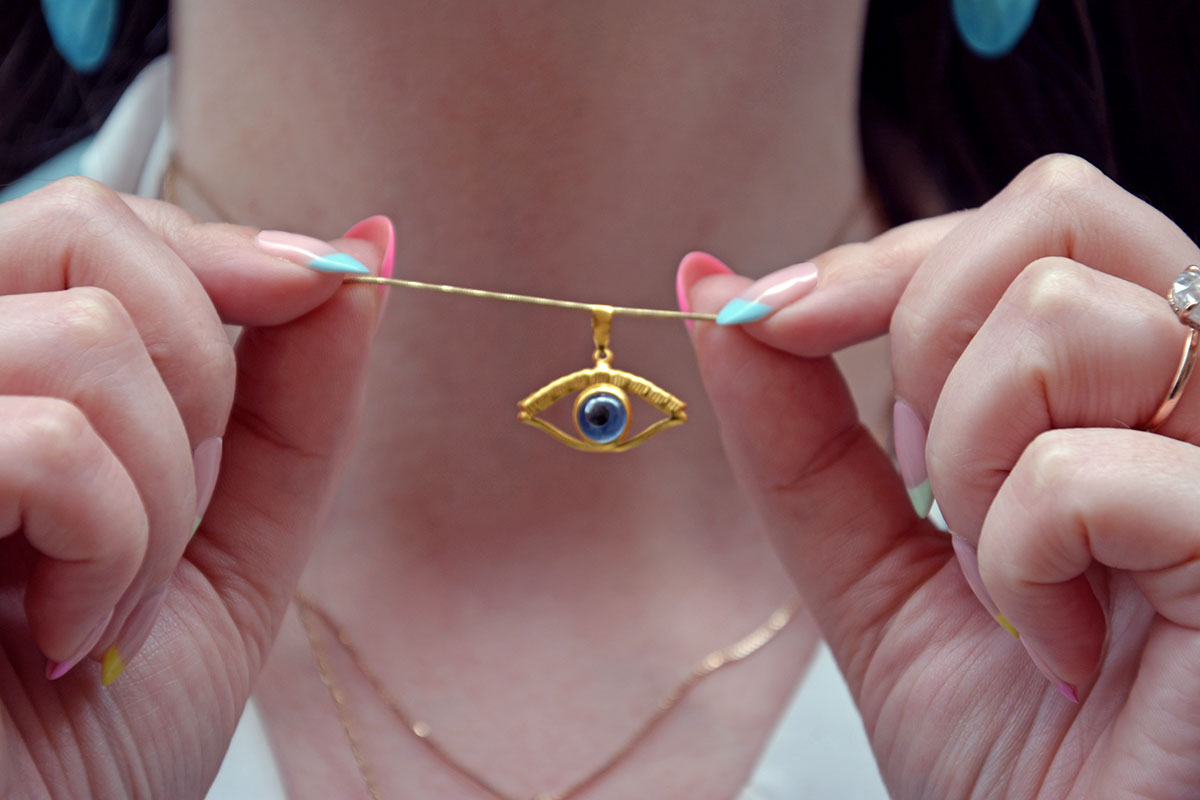


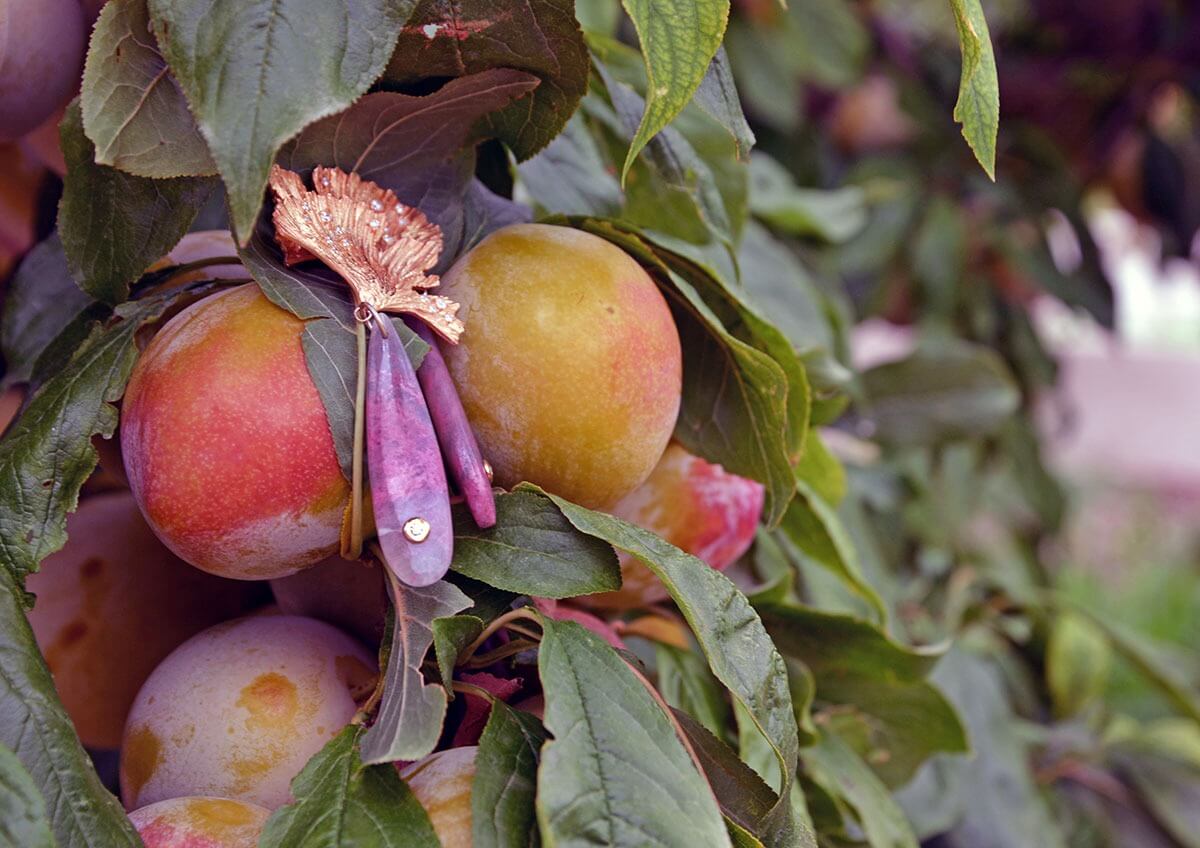






2 Responses
You know me, love a good chamsa. I prefer it simply decorated
Oh we know you’re getting an amazing hamsa + Magen David soon!